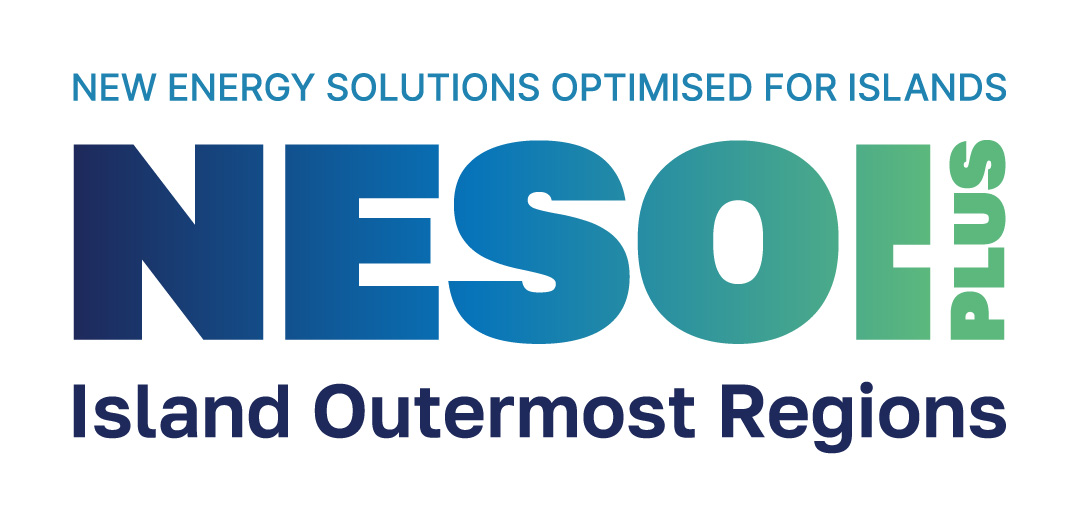Promoting green and circular economy through Biogas exploitation in Lemnos (BIOG-LEMNOS) is a project supported by NESOI European Islands Facility, managed by our partners from CERTH, and promoted by the Municipality of Lemnos.
What is BIOG-LEMNOS?
The project was initiated by the Municipality of Lemnos with the aim of utilizing organic waste from agro-food processes and promoting a circular economy model. Biogas technology was chosen because of its ability to convert this waste into energy, contributing to the area's sufficiency and environmental protection.
The project promotes local circular economy in Lemnos by the valorisation of biowaste for biogas production. The feedstock will be biowaste derived from agri-food activities (oil mill liquid residues, cheese whey, winery residues) and municipal biowaste (such as urban sludge).
It aims at designing of a biogas production facility including an Anaerobic Digestion (AD) unit and a Combined Heat and Power (CHP) unit. BIOG-LEMNOS will provide necessary steps for the permitting of the system and it will investigate the profitability and feasibility of the project.
Local businesses related to the agri-food sector and energy production are directly involved in the project, as they offer the waste used for energy production and benefit from the cost savings offered by producing energy from it. Therefore, the completion and successful operation of the present project could be considered as an important step towards the energy transition of Lemnos, paving the way for possible future initiatives and expansions.
Also, the project could be replicated by islands with increased agri-food activity and continuous biowaste production flows during the whole year. Indicative islands with significant replication potential are Lesvos, Ikaria and Chios.
BIOG-LEMNOS: biogas production
A novel methodology for handling agrifood and urban biowaste, that allows for green handling of waste streams is created in Lemnos. In addition to the challenge of handling different types of wastes at the same facility, this technical solution tackles the seasonality of biowastes, which is characteristic of island communities. The proposed system will consist of the following subsystems.
- Biowaste storage tanks, where the different biowastes will be properly stored, in order to maintain a stable and consistent year-round supply to the plant.
- Anaerobic Digestion Unit that includes a system of pumps that mix water and biowaste and feed it to the Anaerobic Digestion Unit. The output of the unit will be biogas and digestate.
- Combined Heat and Power Unit in which first the sulphur compounds are removed from the biogas and then, the purified mix is fed to the combustion in the cogeneration unit for heat and electricity production. The subsystem also includes the heat transfer circuit to satisfy the neighbouring thermal loads.
- Digestate handling which deals with the disposal of the solid digestate from the Anaerobic Digestion Unit. The solid digestate will be used as a soil conditioner.
Expected environmental impacts
The renewable energy based electrical energy production 1440 MWh per year and heat production on 1618 MWh per year. The GHG emissions from the biogas plant are considerably lower compared to traditional biowaste management approaches (agri-food waste landfilling and manure direct land spreading).
How does NESOI Support this project?
The European Islands Facility (NESOI) aims to unlock the potential of EU islands to become the locomotives of the European Energy Transition. To do so, NESOI aims to mobilize more than €100 Million of investment in sustainable energy projects to give EU islands the opportunity to implement energy technologies and innovative approaches, in a cost-competitive way.
More specifically, NESOI has provided the following support:
- Assessment of the key project sizing drivers
- Evaluation of the primary technological solution in comparison with other possible solutions
- Definition of the required environmental permitting procedures
- Cost Benefit analysis and socio-economic and environmental impact evaluation
- Definition of the technical, economic and financial, fiscal project inputs
- Risk analysis and identification of available mitigation strategies
- Assessment of existing procurement options
- Financial modelling and identification of target scenario and Identification of financing/funding options
READ MORE INFORMATION IN THE DEDICATED PROJECT BROCHURE


